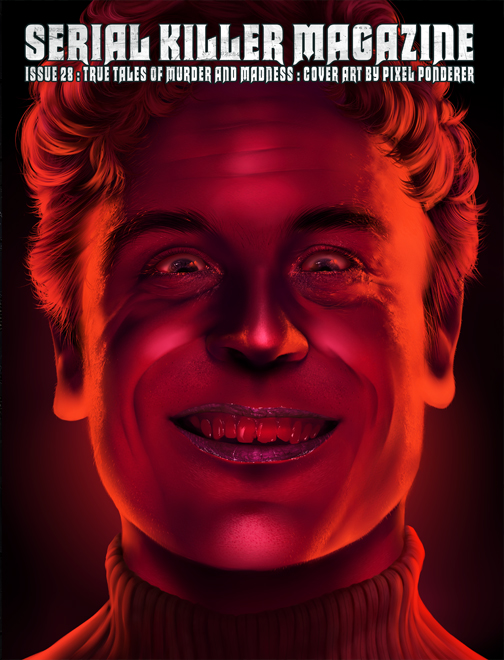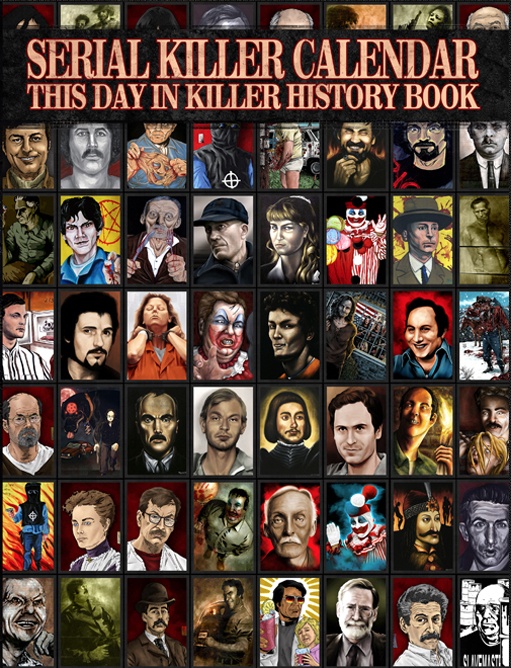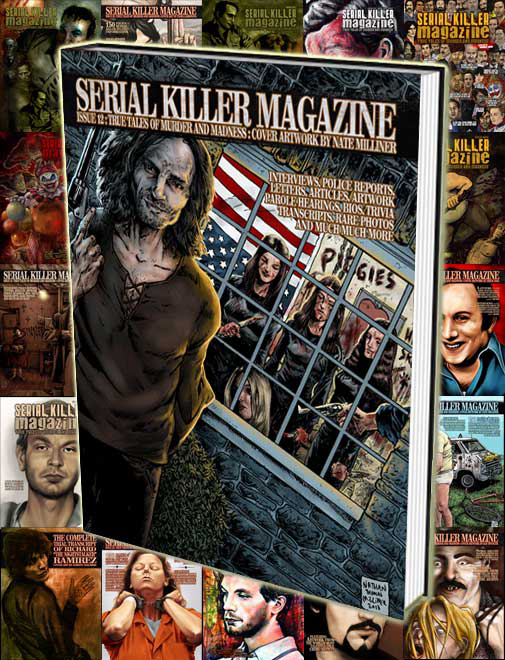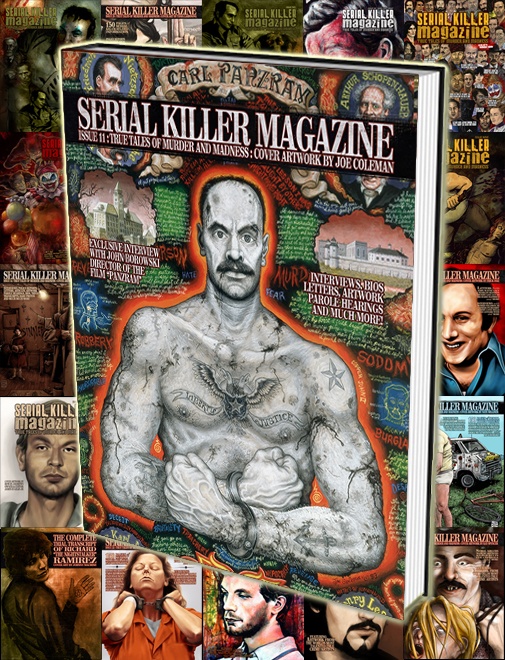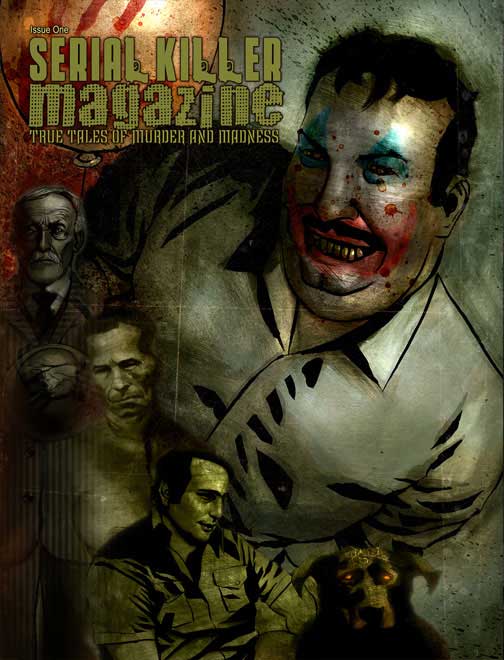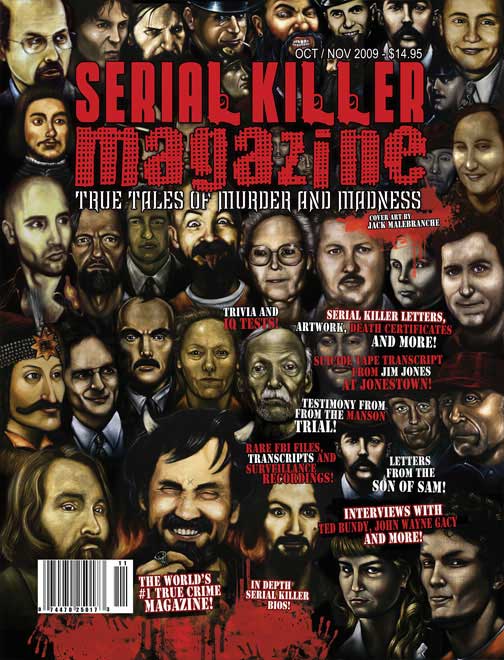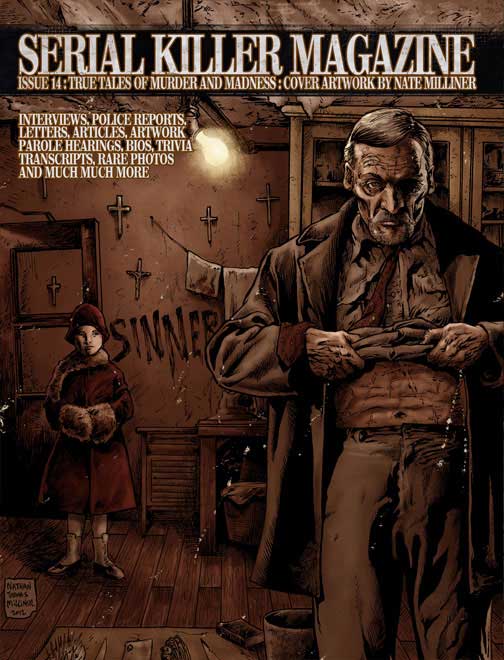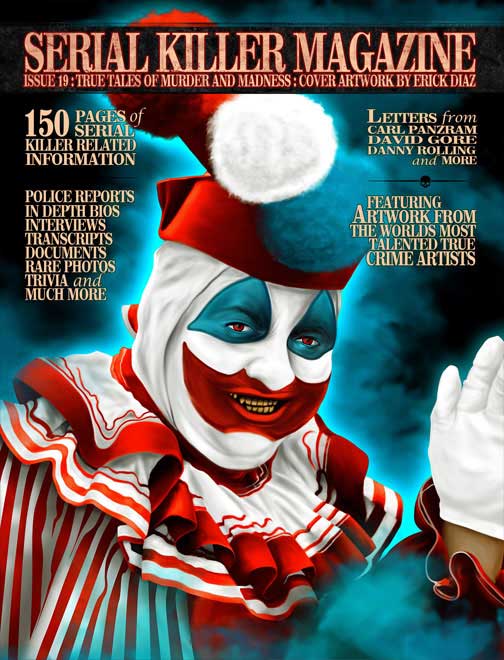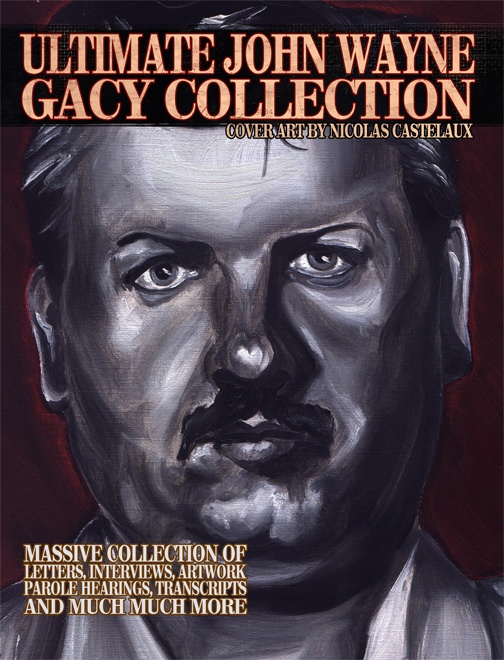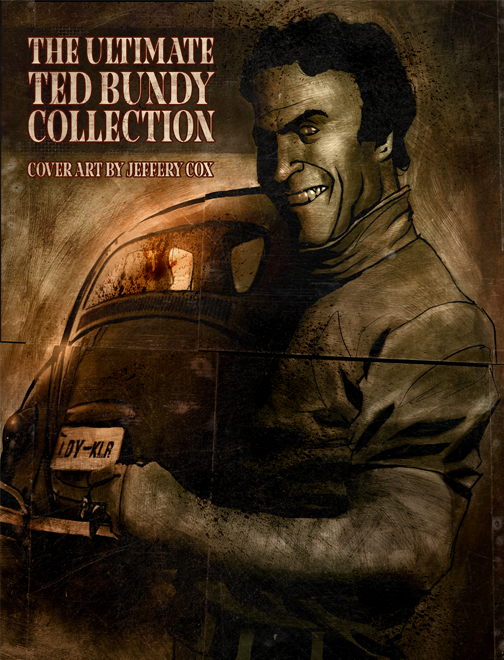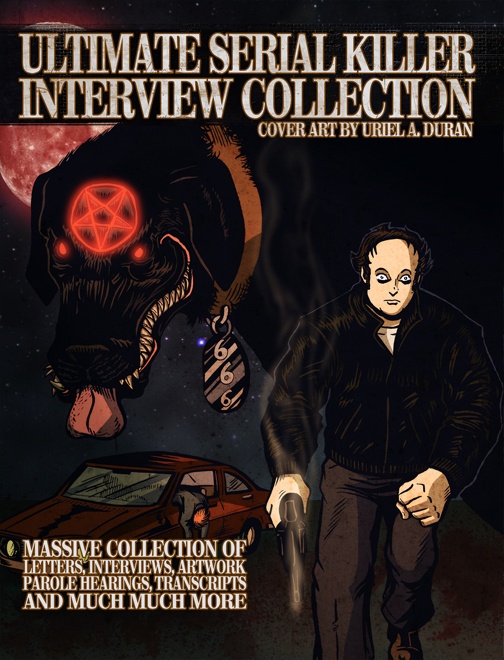MASS MURDER
Mass murder (massacre) is the act of murdering a large number of people, typically at the same time, or over a relatively short period of time. Mass murder may be committed by individuals or organizations.
The term may refer to spree killers, who stage a single, horrific assault on their victims, or to serial killers, who may kill many people, but not necessarily all at the same time.
The largest mass killings in history have been attempts to exterminate entire groups or communities of people, often on the basis of ethnicity or religion. In modern times such events are sometimes described as genocide. Although some consider that "genocide" may exist where there is merely an intention or plan to exterminate a particular group, and that killing is not a necessary condition, by contrast "mass murder" involves the actual killing of a large number of people.
Mass murder by individuals
Outside a political context, the term "mass murder" refers to the killing of several people at the same time. Examples would include shooting several people in the course of a robbery, or setting a crowded nightclub on fire. This is an ambiguous term, similar to serial killing and spree killing.
The USA Bureau of Justice Statistics defines a mass murder as "[involving] the murder of four or more victims at one location, within one event."
Mass murderers may fall into any of a number of categories, including killers of family, of coworkers, of students, and of random strangers. Their motives may range from revenge to financial gain to religious fanaticism to mental illness.[citation needed] Many other motivations are possible.
Workers who assault fellow employees are sometimes called "disgruntled workers," but this is often a misnomer, as many perpetrators are ex-workers. They are dismissed from their jobs and subsequently turn up heavily armed and kill their former colleagues. In the 1980s, when two fired postal workers carried out such massacres in separate incidents in the US, the term "going postal" became synonymous with employees snapping and setting out on murderous rampages. One of the 1980s most famous "disgruntled worker" cases involved computer programmer Richard Farley who, after being fired for stalking one of his co-workers, a woman by the name of Laura Black, returned to his former workplace and shot to death seven of his colleagues, although he failed in his attempt to kill Black herself.
In massacres by students, such as the Columbine High School Massacre and the Virginia Tech massacre, alienated youth(s) rampage through their schools killing fellow students and teachers alike before turning the guns on themselves.
There have also been mass killings that may have been unintended, at least in terms of formal premeditation to kill many people. In 1990, Julio González set fire to a New York City nightclub after having a fight there with his girlfriend. Eighty-seven people died in the blaze (Gonzalez's girlfriend survived).
Some financially-motivated mass-killings are either unintended, a result of a robbery going wrong, or are incidental to the primary crime of theft. One of the most bizarre cases was that of Sadamichi Hirasawa, who poisoned twelve bank workers by cyanide during a robbery.
Unlike serial killers, there is rarely a sexual motive to individual mass-murderers, with the possible exception of Sylvestre Matuschka, an Austrian man who apparently derived sexual pleasure from blowing up trains with dynamite, ideally with people in them. His lethal sexual fetish claimed 22 lives before he was caught in 1932.
According to Loren Coleman's book Copycat Effect, publicity about multiple deaths tends to provoke more, whether workplace or school shootings or mass suicides.
Mass murder by terrorists
In recent years, terrorists have performed acts of mass murder to intimidate a society and draw attention to their causes. Examples of major terrorist incidents involving mass murder include:
* August 20, 1929 - The Hebron Massacre in Hebron, Israel - 67 killed
* July 22, 1946 King David Hotel bombing in Jerusalem - 91 killed
* May 17, 1974 Dublin and Monaghan Bombings in Ireland - 35 killed
* March 11, 1978 Coastal Road massacre in Israel - 37 killed
* June 23, 1985 Air India Flight 182 bombing over the Atlantic Ocean - 329 killed
* December 21, 1988 Pan Am Flight 103 bombing over Scotland - 270 killed
* July 6, 1989 Tel Aviv Jerusalem bus 405 massacre in Israel - 14 killed
* July 5, 1993 Basbaglar Massacre [1] in Turkey - 30 killed
* July 18, 1994 Jewish center bombing in Argentina - 85 killed
* April 19, 1995 Oklahoma City bombing in the United States - 168 killed
* August 7, 1998 U.S. embassy bombings in Kenya and Tanzania - 224 killed
* August 15, 1998 Omagh bombing in Northern Ireland- 29 killed
* September 11, 2001 attacks in the United States - 2,973 killed
* March 27, 2002 Passover massacre in Israel - 30 killed
* October 12, 2002 Bali bombing in Indonesia - 202 killed
* March 2, 2004 Ashura massacre in Iraq - 170 killed
* 11 March 2004 Madrid train bombings in Spain - 191 killed
* August 24, 2004 Russian aircraft bombings in Russia- 89 killed
* September 4, 2004 Beslan school hostage crisis in Russia - 344 killed
* February 28, 2005 Al Hillah bombing in Iraq - 127 killed
* 7 July 2005 London bombings in England - 52 killed
* 11 July 2006 Mumbai train bombings in India - 207 killed
* March 27, 2007 Tal Afar bombings and massacre in Iraq - 152 killed
Mass murder by a state
The concept of state-sponsored mass murder covers a range of potential killings. Some people consider any deaths in combat to be mass murder by the state, though this is not a generally held position. Clear examples of state-sponsored mass murder include:
* Genocide of a particular ethnic or religious group, whether internal or external to the state, such as Armenian Genocide, The Holocaust against the Jews, the Burundi Genocide, the Rwandan Genocide, and the Darfur conflict.
* Political mass murder or the killing of a particular political group within a country, such as Béla Kun's ethnic cleansing against Turkish and Crimean Tatars and other minorities in 1921-22, Stalin's Great Purge, the Killing Fields of Cambodia, or the Hama, Jallianwala Bagh,and Tlatelolco massacres.
* Deliberate massacres of captives during wartime by a state's military forces, such as the Katyn Forest Massacre of Polish citizens, the Nanjing Massacre during World War II, The Wounded Knee Massacre by the U.S. 7th Cavalry.
More controversial examples are:
* Mass killing of civilians during total war, especially via strategic bombing, such as the Blitz, the bombing of Dresden, or the Atomic bombings of Hiroshima and Nagasaki. According to the doctrine of total war, civilians are legitimate military targets because they contribute to the war effort.
* Actions in which the state caused the death of large numbers of people, which political scientist R. J. Rummel calls "democide," which, in addition to the cases above, may include man-made disasters caused by the state, such as the Holodomor in the Soviet Union, and the disastrous effects of the Great Leap Forward in China.
Mass murder in warfare
The wrongful killing of large numbers of civilians or prisoners during war is called a war crime, although it may also be genocide if the proper ethnic motivation is present, as in the The Holocaust, the killings which occurred in the breakaway republics of the former Yugoslavia (e.g. Srebrenica massacre), in the killing of the Pequot in colonial America, the killing of hundreds of thousands, possibly millions, of Hindu and Muslim Bengalis by armed forces of Pakistan in 1971.
Mass murderers
* John D. Lee (Mountain Meadows Massacre, southern Utah, 1857)
* John Filip Nordlund (Mass murder on the ferry Prins Carl, Sweden, killing 5 wounding 8, 1900)
* Simone Pianetti (Camerata Cornello, Italy, 1915)
* Andrew Kehoe (Bath, Michigan, Blew up school, killing 45 (mostly children), 1927)
* Mutsuo Toi (killed 30, Tsuyama massacre, Okayama, Japan, 1938)
* Howard Unruh (Camden, New Jersey, 1949)
* Tore Hedin (Hurva, Sweden, killed 9, 1952)
* Jack Gilbert Graham (bombed an aircraft taking off from Denver, Colorado, 1955)
* Edgar Ray Killen (Mississippi civil rights worker murders, June 21, 1964)
* Charles Whitman (University of Texas Shootings, Austin, Texas, August 1, 1966)
* Harry Roberts (police killer, London, 1966)
* Richard Speck (murdered eight student nurses, Chicago, 1966)
* Victor Ernest Hoffman (Shell Lake murders, Saskatchewan, Canada. August 15, 1967)
* John Linley Frazier (killed five, including four members of a family, in Santa Cruz, CA, 1970)
* John List (Westfield, New Jersey, 1971)
* Edward Charles Allaway (killer of 7 people at the library of California State University-Fullerton on July 12, 1976)
* Jim Jones (Jonestown, Guyana) (909 people drank or were injected with Flavor-aid laced with cyanide)
* Woo Bum-Kon (Gyeongsang-namdo, South Korea, killing 57, 1982)
* Denis Lortie (National Assembly of Quebec, May 8, 1984)
* James Oliver Huberty (McDonald's massacre, San Ysidro, California, 18 July 1984)
* Jeremy Bamber (farmhouse family murders, Tolleshunt D'Arcy, Essex, England, 1985)
* Andrew Walker (killed 3 army colleagues, Scotland, 1985)
* Iñaki de Juana Chaos (Spain, 1985-1986)
* Patrick Sherrill (killed 14, then himself, Post Office, Edmond, Oklahoma 20 August 1986)
* David Burke]], (PSA Flight 1771, San Luis Obispo, California, 1987)
* Michael Ryan (Hungerford massacre, Berkshire, UK, 1987)
* Ronald Gene Simmons (16 family members, Russelville, Arkansas), 1987)
* Patrick Edward Purdy (Cleveland Elementary School Shootings, Stockton, California, 17 January 1989)
* Jeffrey Don Lundgren (Kirtland Cult Killings, April 17th, 1989)[1]
* Marc Lépine (École Polytechnique Massacre, Montreal, Quebec, 1989)
* Julio González (87 people were killed, arsonist at Happy Land Social Club in the Bronx, NY, March, 1990)
* David Gray (Aramoana massacre (Otago, New Zealand, 13 & 14 November 991990)
* George Jo Hennard (Luby's massacre, Killeen, Texas, 1991)
* Juan Luna (Brown's Chicken massacre, Palatine, Illinois, January 8, 1993)
* Kenneth French, Jr. (North Carolina, USA, 1993)
* Colin Ferguson (Long Island Railroad Massacre, Long Island, New York, USA, 1994)
* Mattias Flink (Falun, Sweden, killed 7, 1994)
* Baruch Goldstein (Hebron, West Bank 1994)
* Thomas Hamilton (Dunblane massacre, Dunblane, Scotland, 1996)
* Martin Bryant (Port Arthur massacre, Australia, 1996)
* Mohammad Ahman al-Naziri (Sanaa massacre, Sanaa, Yemen, 1997)
* Mitchell Johnson and Andrew Golden (Jonesboro massacre, Jonesboro, Arkansas, 1998)
* Matthew Beck (Newington, Connecticut, 1998) (killed five at Connecticut Lottery Headquarters, Newington, Connecticut, 1998)
* Larry Gene Ashbrook (Wedgwood Baptist Church, Fort Worth, Texas, USA, 1999)
* Susan Eubanks (Vista, California, 1999)
* Buford O. Furrow, Jr. (Los Angeles, California, 1999)
* Eric Harris and Dylan Klebold (Columbine High School Massacre, Littleton, Colorado), 1999)
* Byran Uyesugi (Xerox Murders, Honolulu, Hawaii, 1999)
* Michael McDermott (Wakefield Massacre, Edgewater Technologies, Wakefield, Massachusetts, 2000)
* Dipendra of Nepal (Nepal, 2001)
* Mamoru Takuma (Osaka school massacre, Osaka, Osaka, Japan, 2001)
* Robert Steinhäuser (Erfurt massacre, Erfurt, Germany, 2002)
* Richard Durn (Nanterre massacre, Nanterre, France, March 26, 2002)
* Jeff Weise (Red Lake High School massacre, Red Lake, Minnesota, 2005)
* Terry Ratzmann (Brookfield, Wisconsin, killed 7, March 12, 2005)
* Kyle Huff (Capitol Hill massacre, Seattle, Washington, March 25, 2006)
* Charles Carl Roberts IV (Amish School Shooting, Nickel Mines, Pennsylvania, October 2, 2006)
* Seung-hui Cho (Virginia Tech Massacre, Blacksburg, Virginia, April 16, 2007)

